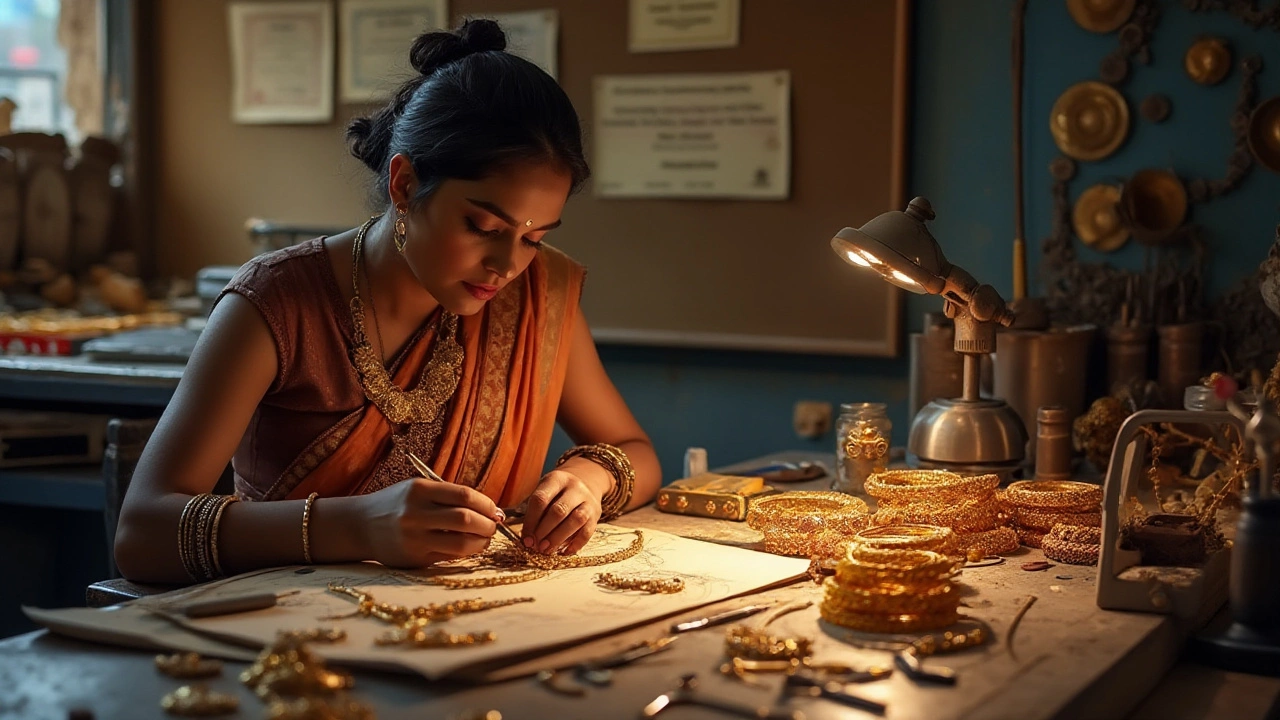Jewelry Design Protection: Easy Ways to Keep Your Creations Safe
If you spend hours sketching a new necklace or crafting a unique ring, you want to make sure nobody copies it. The good news is India offers several legal tools that let you lock down a design without a huge hassle. Below you’ll find a clear roadmap – from the moment you doodle an idea to defending it in court.
1. Know Your Legal Options
First, understand the three main protections you can use:
Design patents (or design registrations) cover the visual appearance of a product. In India, you file under the Designs Act, 2000. Once registered, you get a ten‑year exclusive right that can be renewed once.
Copyright automatically protects original artistic works, including drawings and photographs of your jewelry. You don’t need to register, but keeping a dated record (like a scanned file with a timestamp) helps if a dispute arises.
Trademarks safeguard brand elements – logos, brand names, or even a distinctive pattern that identifies your studio. Registering a trademark with the Controller of Trademarks adds a strong legal shield.
2. Practical Steps to Secure a Design
Start by documenting everything. Create high‑resolution photos, CAD drawings, and handwritten notes with dates. Store these files in a cloud service that logs timestamps – that way you have proof of who made the design first.
Next, decide which protection fits best. If the look of the piece is the key selling point, go for a design registration. If you want to protect the artwork that shows the design, rely on copyright. For brand identity, file a trademark.Filing a design registration is straightforward: upload your images, pay the fee, and wait for the examiner’s report. Most designers get approval within three to six months. Keep the registration number handy; you’ll need it when sending cease‑and‑desist letters.
For trademarks, conduct a quick search on the Indian Trademark Office website to make sure your brand name isn’t taken. Then submit the application with a clear description of the goods (e.g., "gold jewelry" or "silver ornaments"). The process can take up to a year, but you’ll receive a provisional filing receipt that gives you limited rights while you wait.
Don’t forget to mark your pieces. A tiny engraving of your logo or a registration number on the back of a pendant signals ownership and deters copycats. It also makes it easier to prove you own the design if a dispute goes to court.
Finally, monitor the market. Set up Google Alerts for your brand name and product images. If you spot a copy, act fast – send a polite cease‑and‑desist email referencing your registration number. Most infringers back down when they see real paperwork.
Remember, protecting a design isn’t a one‑time task. Renew registrations before they expire, keep your documentation updated, and stay aware of new collections from competitors. With these habits, your creative work stays yours and you can focus on making more beautiful jewelry.
Can You Copyright Your Custom Jewelry Designs?
Creating unique jewelry often raises the question of whether these delicate pieces can be legally protected. Understanding copyright laws as they apply to jewelry can help artists safeguard their creative expression. This article provides insight into what aspects of jewelry design can be copyrighted, alternative ways to protect your work, and tips for building a brand that respects intellectual property laws.





